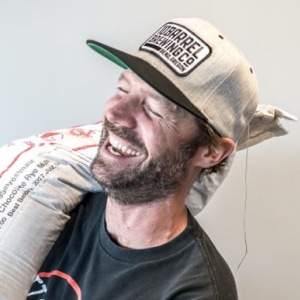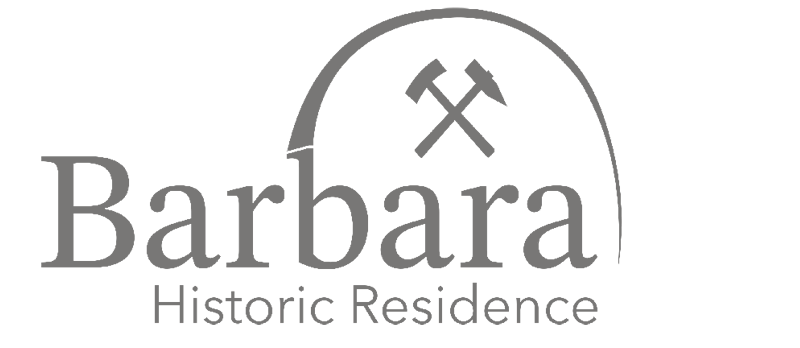Your Hosts
Barbara – hostess and centerpiece
As your host, Barbara will give you a warm welcome and ensure that your stay runs smoothly with her incomparable hospitality and organizational skills. With her love for the region and her knowledge of the best leisure activities, shopping opportunities, and attractions, Barbara is the perfect contact person for your questions and needs. Don´t hesitate to ask her for advice – she will be happy to help you!
Hugo Lang – visionary and support
Hugo acquired the building in Gossensass in 2024 on his initiative and with a clear vision for its future. He supports his wife Barbara in important decisions and is always at her side when it comes to making the Historic Residence Barbara a unique experience for our guests. Otherwise, he is happy to leave the running of the business to his wife and relies on her expertise.
Katharina, Jonathan & Franziska – The young helpers
Our children, Katharina, Jonathan & Franziska, are always ready to help wherever they are needed. They are an important support for us and help to ensure that everything runs smoothly and that our guests feel at home.
History of our building
Our building has a long and fascinating history dating back to the 17th century. It was built by the miners of the district as a residential and farm building and was first mentioned shortly after the Thirty Years War in 1650 in the possession of Seidner Catharina. At that time, Paris was the largest city in Europe with around 400,000 inhabitants, and our building served as an important retreat for the miners.
The building changed hands twelve times between 1710 and 1843. This period was characterized by important historical events such as the Seven Years’ War, the French Revolution, and the work of the famous composer Wolfgang Amadeus Mozart. It was also a time of great technological advances, including the development of the first steam locomotive in 1802 and the invention of the generator in 1831.
Georg Mair acquired the building in 1843 and over the following 183 years, it was developed into an important accommodation facility in the center of Gossensass. It remained in the possession of his heirs until 2024. It witnessed the era of important technological innovations such as the internal combustion engine, the telephone, the car, the radio, the television, the computer, and finally the World Wide Web. It was also a time of wars, including the First and Second World Wars.
In 2024, Hugo Lang acquired the building, which from then on was run by his wife Barbara Hasler as an accommodation business. At the same time, the name was changed to Historic Residence Barbara, a tribute to St Barbara´s Chapel, which is located next to the church that stands proudly behind our building.
We invite you to become part of our history and make your stay at the Historic Residence Barbara an unforgettable experience.
Ihre Gastgeber

Hugo Lang
Besitzer und Gastgeber

Barbara Hasler
Besitzerin

Katharina Lang
Rezeption
History of Gossensass and Surroundings
Welcome to Gossensass, a town with a fascinating mining history dating back to Roman times. Once an important mining center in the Alps, Gossensass attracted miners from various parts of Europe. The region was rich in silver, lead, zinc, copper, and other minerals that contributed to economic development. The lords and miners of Gossensass played a decisive role in the organization of mining and ore processing. Mining in Gossensass reached its peak in the Middle Ages and early modern times, with many mines and smelting works being built. Despite the economic boom, mining lost its importance over time. Many mines were closed,
but the history of mining remained an integral part of the region's cultural heritage.
Gossensass has been known as a stopover for travelers for 4,000 years, and in the 20th
century it was the most important climatic health resort in Tyrol alongside Meran. Probably the most famous guest at this time was Henrik Ibsen.
The nearby town Sterzing became the northernmost town in Italy after South Tyrol became part of Italy in 1920. Its unique location, surrounded by Alpine mountain passes along the Austrian border, once made Sterzing an important trading town and today one of the most beautiful towns in the Alps. Well-kept townhouses, stylish shopping streets, and Gothic buildings still bear witness to this time. South Tyroleans describe the old town, which is characterized by the splendor of the late Middle Ages, as one of the most beautiful town centers in the country.
You wanna see more?
In our online Photo Gallery you can see more pictures of Sterzing and surroundings.
